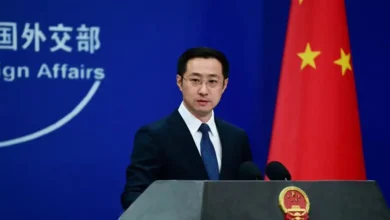
NexNews — China’s Politburo has announced plans to implement a “loose” monetary policy and a more proactive fiscal strategy to boost the nation’s economic growth in 2025. The announcement was made ahead of the Central Economic Work Conference, where the Chinese leadership will set major economic targets and policies for the upcoming year.
The government will focus on expanding domestic demand and stimulating consumption to invigorate economic activity. According to a readout from the Politburo meeting, this includes enhancing fiscal measures and refining the policy toolkit to support growth, with a focus on stabilizing key sectors such as housing and the stock market.
The adjustment in monetary policy marks a shift from the “prudent” stance maintained since 2010 to a more “appropriately loose” position. This is China’s first significant easing of monetary policy in years, signaling a strong fiscal stimulus, including potential interest rate cuts and asset-buying initiatives in 2025.
This move comes after China’s economic struggles in 2024, with growth potentially hitting only 5% for the year. In response, the central bank has already enacted aggressive measures, including interest rate cuts and a 1 trillion yuan ($140 billion) injection into the financial system. Economists believe that, in light of ongoing trade challenges—especially with the looming threat of tariffs from the United States—China will need to focus on sustaining its growth momentum.
Further exacerbating the situation, China’s reliance on manufacturing and exports has left it vulnerable to slow domestic demand and a weakened housing market. Analysts suggest that Beijing must adopt more consumer-focused policies to address these issues. However, government measures to date have largely supported producers and infrastructure rather than stimulating consumer spending.
In addition to adjusting monetary and fiscal policies, China faces external challenges from US trade relations, with President-elect Donald Trump threatening tariffs on Chinese imports. Economists and policymakers are advocating for stronger domestic financial support, especially for low-income groups, to counter deflationary pressures and diversify the economy beyond its dependence on exports and manufacturing.
With these measures in place, China is hoping to navigate the complexities of the global economic environment in 2025 while stabilizing its domestic economy.





